Is the Plantar Pressure Distribution Testing Device Suitable for Use by the General Public?
Foot health is often overlooked, but it plays a crucial role in overall well-being. From supporting daily movements to providing balance and stability, our feet are the foundation of our body. But with so much focus on fitness trackers and general health monitoring, one question arises: is the plantar pressure distribution testing device—a tool often associated with professionals—appropriate for the general public?
In this blog, we’ll explore the features, benefits, and accessibility of these devices and answer the pressing question: can they be effectively used by everyone, not just athletes or medical professionals?
What Is a Plantar Pressure Distribution Testing Device?
A plantar pressure distribution testing device is a specialized tool designed to measure how weight and pressure are distributed across the surface of the foot during standing, walking, or running. By using sensors embedded in platforms or insoles, the device creates detailed pressure maps, helping identify imbalances, inefficiencies, or potential health risks.
Traditionally, these devices have been used in medical and athletic settings. However, as technology has advanced and costs have decreased, they are becoming more accessible to the general public.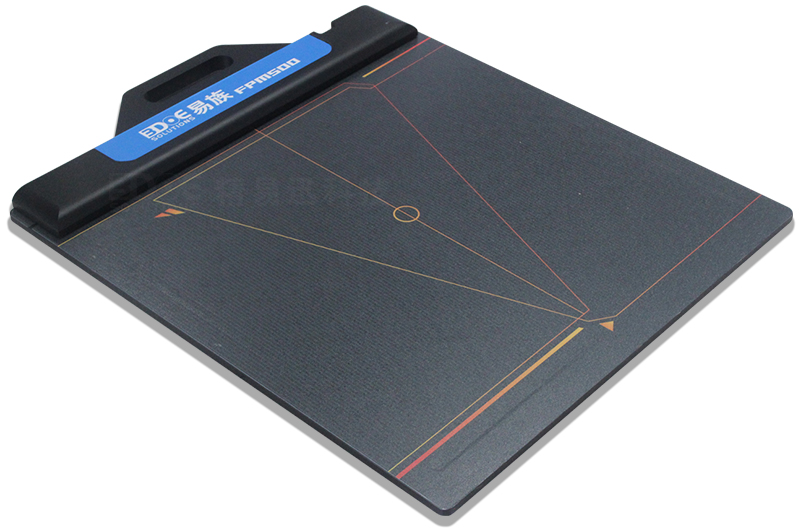
Why Would Ordinary People Need This Device?
Many people assume that tools like the plantar pressure distribution testing device are only necessary for athletes or patients recovering from injuries. In reality, foot health concerns are common across all demographics, and the insights offered by these devices can benefit everyone.
Here are some reasons why ordinary people might consider using such a device:
1. Detecting Everyday Imbalances
Poor posture, prolonged standing, or wearing the wrong shoes can lead to uneven pressure distribution, which may cause discomfort or long-term problems like back pain or joint issues.
2. Preventing Common Foot Problems
Conditions like flat feet, high arches, or plantar fasciitis are not exclusive to athletes. Early detection through a pressure analysis can help manage these issues effectively.
3. Choosing Better Footwear
Finding the right shoes isn’t always easy. Pressure testing devices can guide users in selecting footwear that provides the appropriate support and cushioning for their unique needs.
4. Improving Overall Wellness
Since the feet affect the alignment of the entire body, optimizing foot health can lead to better balance, posture, and reduced strain on other joints.
How the Device Works
Using a plantar pressure distribution testing device is straightforward:
Step on the Platform or Wear the Insole
The device collects real-time data about how your weight is distributed across your feet.Perform Basic Activities
Users may be asked to stand still, walk, or run to capture a variety of pressure patterns.Review the Results
The device generates heat maps or graphical representations of pressure distribution, highlighting problem areas or imbalances.Follow the Recommendations
Many devices include software that provides actionable advice, such as exercises, stretches, or suggestions for supportive footwear.
Advantages for the General Public
1. Ease of Use
Modern devices are designed to be user-friendly, with simple interfaces and automated analysis. You don’t need to be a medical professional to understand the results.
2. Affordable Options
With advancements in technology, there are now budget-friendly models available for home use.
3. Convenient Monitoring
You can monitor your foot health regularly without the need for clinic visits, making it easier to track changes over time.
Who Should Use a Plantar Pressure Distribution Testing Device?
While these devices offer benefits to everyone, certain groups might find them especially useful:
People with Persistent Foot Pain
If you experience frequent foot discomfort, this device can help identify the root cause.Older Adults
Age-related changes in foot structure and function can lead to balance issues. Regular monitoring can reduce the risk of falls.Fitness Enthusiasts
Whether you’re a runner, gym-goer, or casual walker, understanding your foot mechanics can enhance performance and prevent injuries.Professionals in Standing Jobs
Teachers, retail workers, and healthcare providers who stand for long hours may benefit from insights into pressure distribution.
Practical Considerations
1. Accuracy
Consumer-grade devices may not be as precise as professional models, but they are often accurate enough for general use.
2. Cost
While prices are becoming more affordable, some high-quality devices may still be out of reach for some users.
3. Understanding Results
While devices are designed to be user-friendly, interpreting the results accurately might require some guidance, which can often be found in the accompanying app or manual.
Success Stories
Case 1: A Teacher’s Journey to Foot Health
A teacher who stood for hours daily started experiencing foot pain. Using a plantar pressure testing device, she discovered that her weight was disproportionately distributed to her heels. With better shoes and simple exercises, her discomfort vanished within weeks.
Case 2: A Runner’s Improved Performance
An amateur runner used the device to analyze his stride and discovered overpronation in his left foot. Switching to stability shoes helped him run longer distances without knee pain.
Case 3: Better Balance for a Senior Citizen
An elderly man concerned about his balance used the device to monitor his foot health. The insights helped him choose supportive footwear, reducing his risk of falls.
How to Get Started
If you’re considering using a plantar pressure distribution testing device, here are a few steps:
Research Options
Look for devices with good reviews and features that match your needs.Understand Your Goals
Are you looking to alleviate pain, improve posture, or simply learn more about your foot health?Commit to Regular Use
Consistent monitoring will provide the best insights and results.Follow Up on Recommendations
Be sure to implement any advice provided by the device, whether it’s changing shoes or doing specific exercises.
Final Thoughts
The plantar pressure distribution testing device is no longer a tool reserved for specialists or elite athletes. Its increasing accessibility and ease of use make it a valuable resource for anyone interested in improving foot health and overall well-being.
From detecting imbalances to guiding footwear choices, these devices empower the general public to take charge of their foot health. So, is the plantar pressure distribution testing device suitable for ordinary people? Absolutely. With the right device, anyone can step into better health—one pressure point at a time.

 +86-0755-86131192
+86-0755-86131192 2024-12-23
2024-12-23 Back to list
Back to list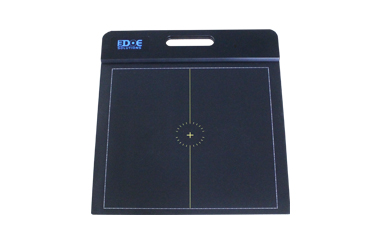
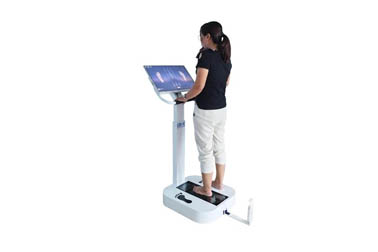
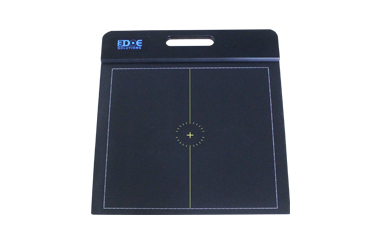
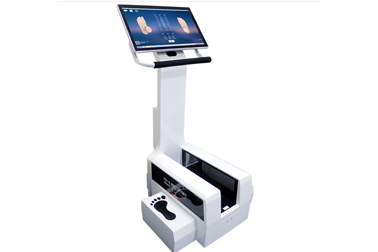
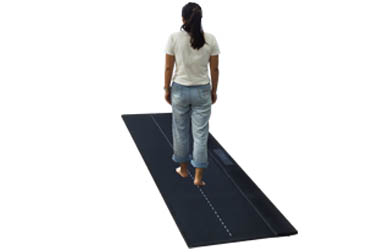
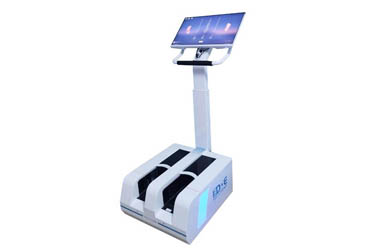



 +86-0755-86131192
+86-0755-86131192